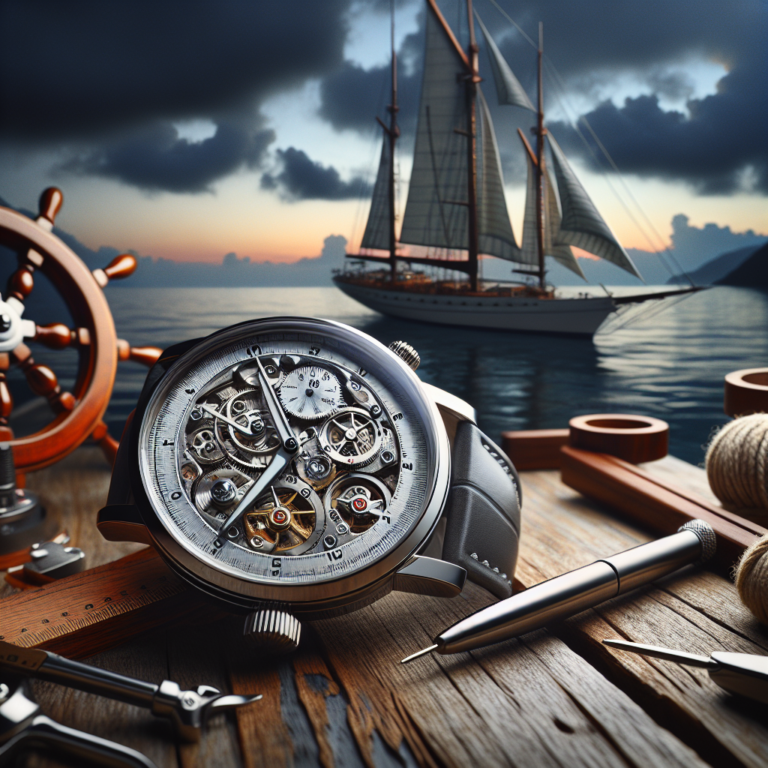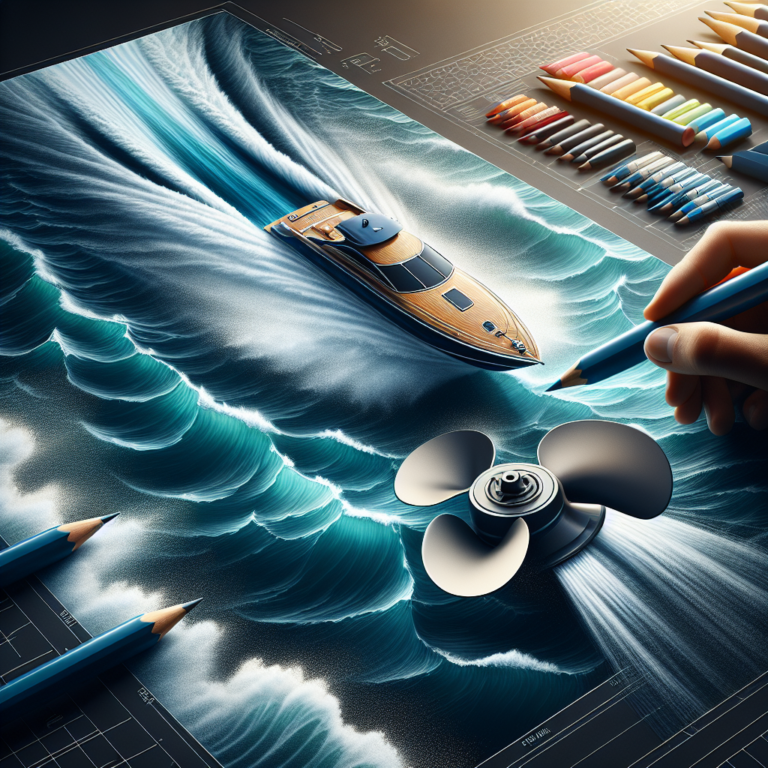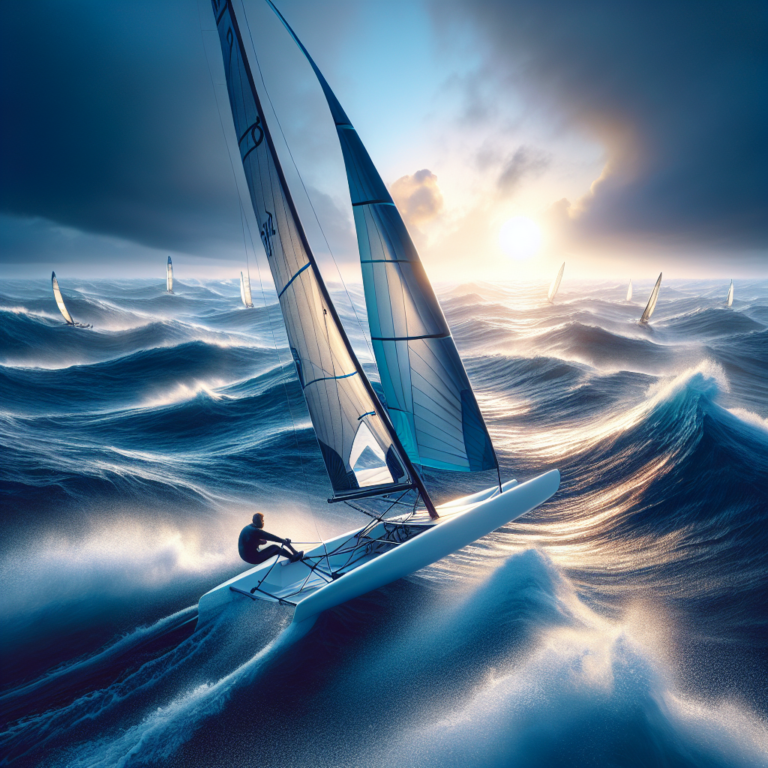Wayfarer Sailing Boat
So, you’re on the lookout for a new adventure, one that will take you away from the noise and chaos of everyday life and into the serene embrace of the open waters. Well, let us introduce you to the Wayfarer Sailing Boat. With its sleek design and impressive maneuverability, this nautical beauty promises to be your ticket to a world of tranquility and exploration. Whether you’re a seasoned sailor or a complete novice, the Wayfarer is ready to be your trusted companion on your next maritime escapade. So, what are you waiting for? It’s time to set sail and let the Wayfarer guide you towards your next unforgettable journey.

History of the Wayfarer Sailing Boat
Origins and design
The Wayfarer sailing boat has a rich history that dates back to the mid-20th century. It was first designed by Ian Proctor and Frank Dye in England in 1957. The goal of the design was to create a versatile, seaworthy boat that could handle a wide range of sailing conditions. The Wayfarer was intended to be a boat that could be sailed by one or multiple people, making it suitable for both recreational sailing and racing.
The design of the Wayfarer was innovative for its time. It featured a hard-chined hull, a distinctive characteristic that provided stability and improved performance. The boat was also designed to be easily trailered, allowing for easy transportation and launching at different sailing locations. The Wayfarer quickly gained popularity for its durability, simplicity, and versatility.
Evolutions and changes over time
Over the years, the Wayfarer design has evolved to meet changing demands and advancements in sailing technology. The original Wayfarer design has remained largely unchanged, as its enduring popularity speaks to its timeless appeal. However, there have been some notable modifications and improvements made to the boat.
One significant change was the introduction of a self-draining cockpit in the 1970s. This feature allowed water that entered the cockpit to drain out automatically, eliminating the need for manual bailing. Another important development was the introduction of a spinnaker option, which added an extra sail for downwind sailing and increased speed.
In recent years, there have also been advancements in materials used in the construction of Wayfarer sailing boats. Fiberglass has become the primary material for the hull, replacing the original wooden construction. This has resulted in a lighter and more durable boat, improving both performance and longevity.
Significant historical events
Throughout its history, the Wayfarer sailing boat has been involved in numerous significant events and achievements. One notable event was Frank Dye’s voyage across the North Sea in 1963. Dye sailed a Wayfarer named “Wanderer” from Scotland to Norway, proving the boat’s seaworthiness and capability for long-distance cruising.
The Wayfarer has also been a popular choice for racing, both at the club level and in larger regattas. The boat has a reputation for its competitive nature and has been successful in various racing events. In 2006, the Wayfarer was included in the lineup for the World Sailing Games, further solidifying its status as a respected racing class.
Overall, the Wayfarer sailing boat has a rich and storied history, filled with accomplishments and milestones, and continues to be a beloved boat for sailors around the world.
Vital Stats and Technical Specifications
Size and weight
The Wayfarer sailing boat is approximately 4.82 meters (15.8 feet) long and has a beam, or width, of 1.83 meters (6 feet). This moderate size allows for a comfortable sailing experience while still being manageable for solo sailors or small crews. The weight of the boat varies depending on the construction materials used, but typically ranges from 180 to 195 kilograms (400 to 430 pounds).
Materials used in construction
The original Wayfarer sailing boat was constructed using wooden planks. However, with advancements in boatbuilding techniques, fiberglass became the primary material for the hull in later models. This shift to fiberglass construction resulted in a lighter, more durable boat. The deck and internal fittings are typically made of wood, providing a classic aesthetic and maintaining the boat’s traditional charm.
Loading capacity and buoyancy
The Wayfarer sailing boat has a generous loading capacity, with the ability to accommodate up to four people comfortably. The boat’s design ensures excellent stability, even when fully loaded. In terms of buoyancy, the Wayfarer features built-in flotation chambers that provide added safety by preventing the boat from sinking should it become swamped or capsized. These buoyancy chambers make the boat self-rescuing, allowing it to be easily righted and reentered.

Different Models of Wayfarer Sailing Boat
Initial models and their features
The initial models of the Wayfarer sailing boat consisted of the classic wooden construction and featured a hard-chined hull, providing stability and improved performance. These early models were renowned for their durability and versatility, meeting the needs of both recreational sailors and racing enthusiasts.
Key features of the early Wayfarer models included a spacious and comfortable cockpit, designed to accommodate a crew of two or three people. The open design allowed for easy movement and maneuverability while sailing. The boat also featured a simple rigging system, making it easy to set up and launch.
Current models and enhancements
In recent years, the Wayfarer sailing boat has seen further enhancements to its design and features. The introduction of fiberglass construction has resulted in lighter and more durable boats, improving performance and longevity. The addition of a self-draining cockpit has also made sailing the Wayfarer more convenient, eliminating the need for manual bailing.
One significant enhancement to the current models of the Wayfarer is the option for a spinnaker. The addition of a spinnaker allows for improved downwind sailing performance, increasing speed and excitement on the water. This feature has made the Wayfarer even more versatile, appealing to both leisure sailors and competitive racers.
Comparison of different models
When comparing different models of the Wayfarer sailing boat, it’s essential to consider the specific needs and preferences of the sailor. The classic wooden models offer a traditional aesthetic and charm, appealing to those who appreciate the nostalgia of sailing. These models are often sought after by sailing purists and collectors.
On the other hand, the newer fiberglass models offer improved performance and durability. The ease of maintenance and longevity of the fiberglass construction make it an attractive option for sailors looking for a low-maintenance boat. The addition of a spinnaker option in the newer models also provides a performance advantage for those looking to take their sailing skills to the next level.
Ultimately, the choice of which model is best suited for an individual will depend on personal preferences, budget, and specific sailing goals.








